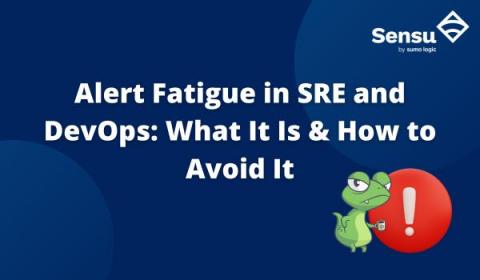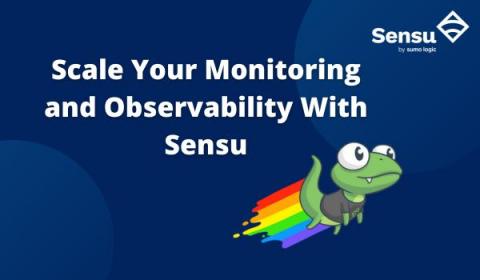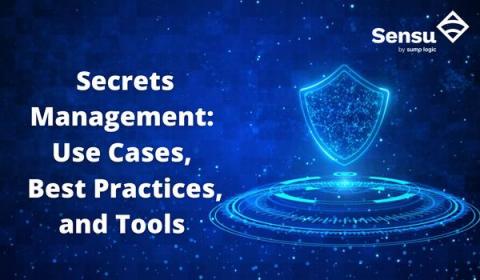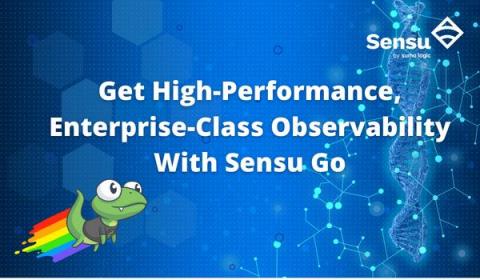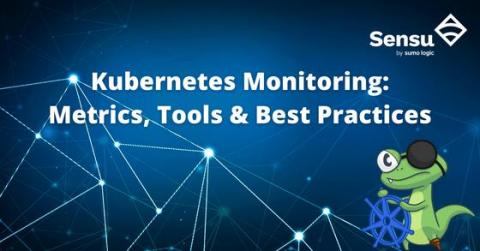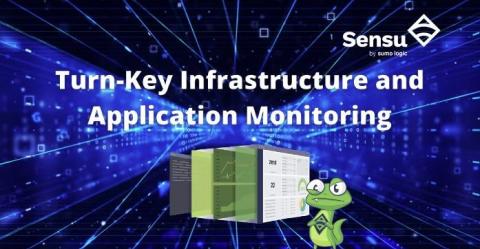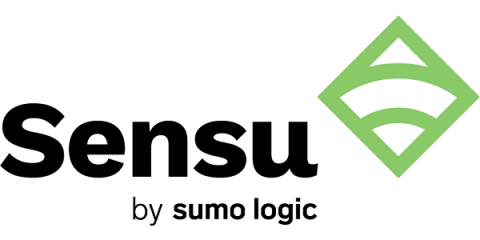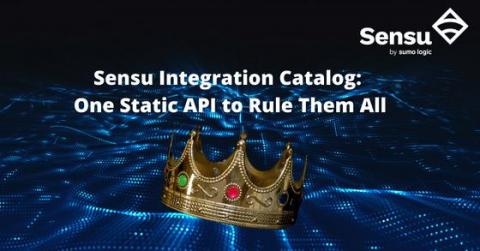Alert Fatigue in SRE and DevOps: What It Is & How To Avoid It
DevOps teams and site reliability engineers (SREs) contend with a never-ending flood of notifications and alerts about outages, potential threats, and other incidents. Companies rely on their DevOps teams to not only keep abreast of all the notifications but also to identify and prioritize the critical alerts and resolve problems in a timely manner. Yet in 2021, International Data Corporation (IDC) reported that companies with 500-1,499 employees ignored or failed to investigate 27% of all alerts.


